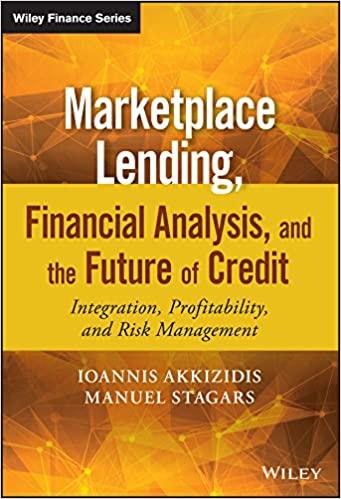
This question works through solving a Math 253 midterm question from 2018, which is an example of common matching problem between contour plots and algebraic equations. The goal here is to develop and practice reusable strategies for this sort of problem. Expand for screenshot or download original: 253-2018-midterm1-page5.pdf Notation: we'll refer to the images as a row-column pair (r, c). For example, (2,3) refers to the googly-eyed owl thing. Divide and Conquer using symmetries First, look for symmetries that can help divide the matching problem into smaller subsets. Radial symmetry Collect all images of concentric circle around the origin: (1,1) and (1,2). Now collect all equations which can be written as f(r) where r = x + y: (in alphabetical order) A, B, C, D, ... We note that (1,3), (2,3), P, and Q seem very closely related. Let us group these 4 pictures and 4 equations and call this Set II. We have split the problem roughly in half with very little effort! Let's return to the circles later, for now we continue le tour de la symtrie. Cylinders and lines If one of the x, y variables is missing, the object is a cylinder. This leads immediately to only vertical or horizontal contours. There are none of those here. Diagonal lines Related to the above, purely diagonal lines in the contour plots must come from f(x, y) = k = some_func(y - mx) because this can be inverted to y = mx + another_func(k). Let us call these Set 1: (2,2), (3,1) and A, B, C, D, ... (in alphabetical order) Periodic Behaviour D and E are periodic functions. List any images that have repeating periodic behaviour (recall we don't care about the radial ones in Set II): (r,c), (r,c), ... Why not (2,1)? It is repeating but there isn't any variation... not totally clear yet but anyway for now we're really concentrating on the diagonal-line cases. In fact, we have further refined Set I, cutting it in half. This question works through solving a Math 253 midterm question from 2018, which is an example of common matching problem between contour plots and algebraic equations. The goal here is to develop and practice reusable strategies for this sort of problem. Expand for screenshot or download original: 253-2018-midterm1-page5.pdf Notation: we'll refer to the images as a row-column pair (r, c). For example, (2,3) refers to the googly-eyed owl thing. Divide and Conquer using symmetries First, look for symmetries that can help divide the matching problem into smaller subsets. Radial symmetry Collect all images of concentric circle around the origin: (1,1) and (1,2). Now collect all equations which can be written as f(r) where r = x + y: (in alphabetical order) A, B, C, D, ... We note that (1,3), (2,3), P, and Q seem very closely related. Let us group these 4 pictures and 4 equations and call this Set II. We have split the problem roughly in half with very little effort! Let's return to the circles later, for now we continue le tour de la symtrie. Cylinders and lines If one of the x, y variables is missing, the object is a cylinder. This leads immediately to only vertical or horizontal contours. There are none of those here. Diagonal lines Related to the above, purely diagonal lines in the contour plots must come from f(x, y) = k = some_func(y - mx) because this can be inverted to y = mx + another_func(k). Let us call these Set 1: (2,2), (3,1) and A, B, C, D, ... (in alphabetical order) Periodic Behaviour D and E are periodic functions. List any images that have repeating periodic behaviour (recall we don't care about the radial ones in Set II): (r,c), (r,c), ... Why not (2,1)? It is repeating but there isn't any variation... not totally clear yet but anyway for now we're really concentrating on the diagonal-line cases. In fact, we have further refined Set I, cutting it in half







